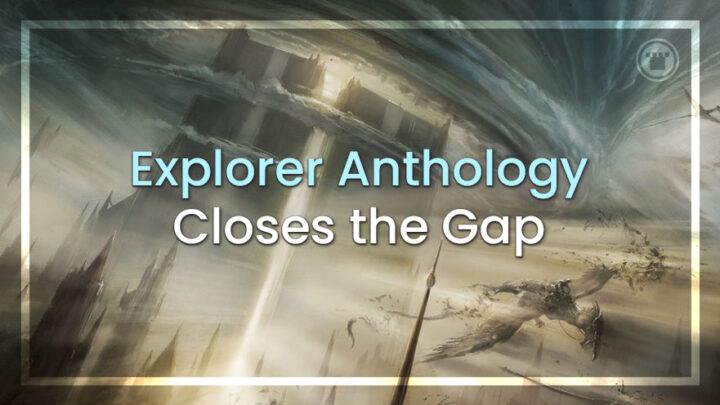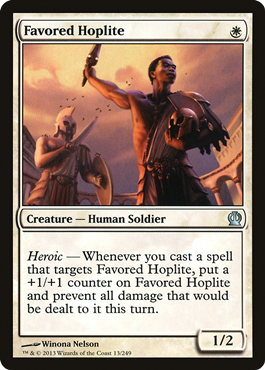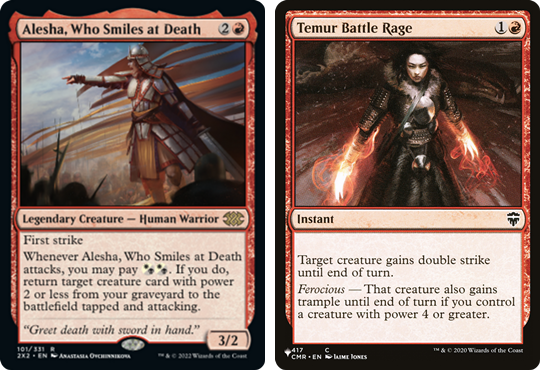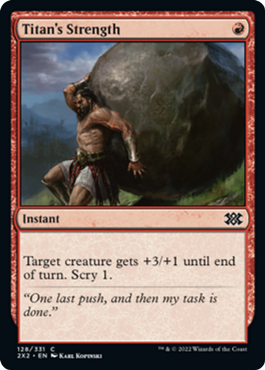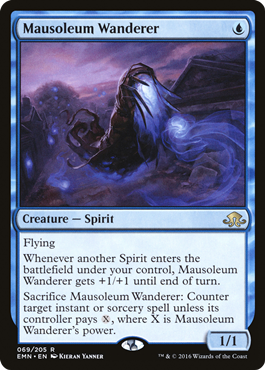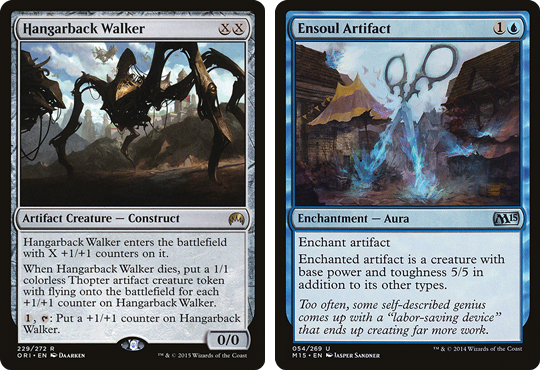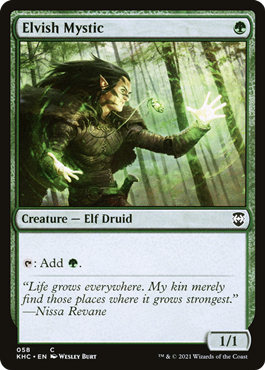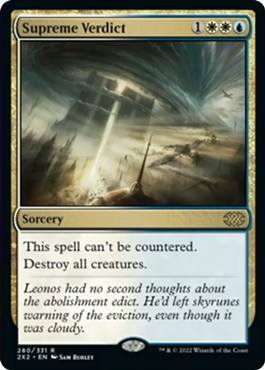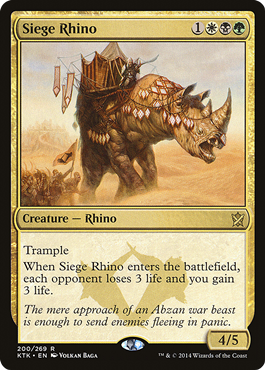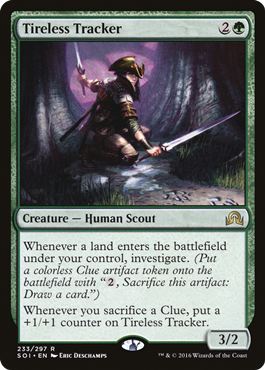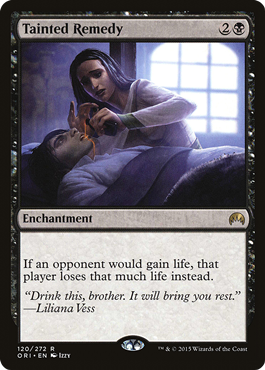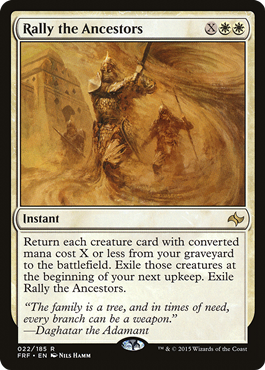When Magic: The Gathering Arena launched Explorer, its stated purpose was to ease players into Pioneer by aligning the formats over time. A key part of this process are anthologies — a specifically curated collection of cards injected right into Arena, available for purchase as a whole. And now, three months after Explorer’s release, Explorer Anthology 1 is here.
But how much closer is Arena to hosting a fully realized digital platform for Pioneer? Do these cards add meaningful upgrades for certain decks while unlocking archetypes that were previously unplayable? Regardless of the answer, Explorer is a fascinating science experiment of a format right now — especially when a batch of fresh and potent cards like this is suddenly dumped into the mix.
With that in mind, let’s explore how this new anthology is closing the gap. Which Pioneer decks are now, more or less, Arena-compatible — and which Explorer-specific decks will be reined in as those other archetypes approach full power? Regardless of the answer, Explorer is a fascinating science experiment of a format right now — especially when a batch of fresh and potent cards like this is suddenly dumped into the mix.
With that in mind, let’s explore how this new anthology is closing the gap. Which Pioneer decks are now, more or less, Arena-compatible — and which Explorer-specific decks will be reined in as those other archetypes approach full power?
Picking up the pace
In terms of sheer volume, tempo decks seem to be the largest beneficiaries of this Anthology, with several different strategies gaining key components they had lacked in the past.
Take Heroic, the Boros deck which focuses on combat tricks and other targeted spells, for instance. Only a minority of these decks incorporate blue, but they do share a tempo-focused gameplan with past blue aggro decks. They just use Gods Willing instead of counterspells and have the ability to punish uninteractive decks with game-ending burst damage. For players who enjoyed Infect in older formats or love playing with Feather, the Redeemed, this is a fun and potentially powerful play style.
Now, they’ve gained an edge with the addition of Favored Hoplite. Such a perfectly suited one-drop creature was the most obvious gap between where the Explorer version was and where it wanted to go. And if nothing else, the average power of its crucial first few turns is going to rise significantly.
This missing piece could potentially have a ripple effect on the rest of the deck list, too. The Pioneer version has lowered its curve to the point that the deck doesn’t run Feather and Dreadhorde Arcanist, relying now solely on speed and cantrip effects to get under opponents. If the new Explorer metagame becomes fast enough, at least Heroic players now have the option to take that same step.
The new anthology also comes with some interesting fringe options, including Alesha, Who Smiles at Death and Temur Battle Rage. Battlewise Hoplite, meanwhile, doesn’t seem like a good enough inclusion to splash Blue — especially when Tenth District Legionnaire exists. But might give some legs to an experimental UW build with heavier stack interaction.
Similarly, Titan’s Strength isn’t so much an auto-include for the stock RW list as it is an invitation to play an all-in, mono-red prowess variant around Monastery Swiftspear and Soul-Scar Mage — a deck which now also gains Searing Blood as an efficient tool for creature matchups.
Moving on to more creature-focused aggro, Spirits was already a very recognized deck in the upper echelons of both Explorer and Pioneer. Now, the Arena version has gained its own one-drop lynchpin with Mausoleum Wanderer, which looks to be a clear frontrunner for the strongest creature deck in the format.
Likewise, the simultaneous addition of Darksteel Citadel, Hangarback Walker and Ensoul Artifact all at once should prove a huge shot in the arm for artifact-centric aggro decks, with a higher ceiling on both total artifacts produced and the size of those artifacts which are attacking early on. Fans of the big scissors, rejoice!
Finally, there’s Elvish Mystic, providing simple but much-needed redundancy in the one-cost-dork role for both Elves itself and any stompy or big-mana deck you can imagine. With the ability to run eight forms of one mana creature ramp, green can now reach bigger and more consistent pay offs even faster.
Spreading the love
Obviously, Wizards of the Coast isn’t looking to create an aggro-only format. The sops thrown to midrange and control decks are fewer and more general, but no less exciting.
First off, Azorius mages finally get access to Supreme Verdict. The best-in-class sweeper is not just efficient at a flat four mana, but the uncounterable clause will prove incredibly relevant if any blue aggro/tempo decks leap to the forefront of the meta.
On the midrange side, two infamous, lifelinking, roadblocks have arrived in the form of Kalitas, Traitor of Ghet and Siege Rhino. In their heyday, both these creatures were a great way to turn the corner, capable of eating up smaller attackers and helping to prop up diminishing life totals. Kalitas has found a second lease on (un)life lately as part of Pioneer’s emergent Rakdos Midrange archetype, so perhaps WotC hope some brewer will be able to similarly rehabilitate Rhino; perhaps in some sort of Abzan Blink list.
Kalitas will also be welcomed into the ranks of another Explorer tribal deck, mono-black Vampires — and is especially nice to drop into play off a Sorin, Imperious Bloodlord. If graveyard decks like Abzan Greasefang continue to propagate in the format, then the Traitor of Ghet may start showing up in miscellaneous black deck sideboards.
And the love for medium-cost grindy value creatures doesn’t stop there: Tireless Tracker is also included in the Anthology to bolster everything from classic Jund to the new Fight Rigging decks with its signature mix of resource generation and combat potential. There are many more ways to profit from Clue tokens now compared to Tracker’s original run, and I wonder whether Korvold and Oni-Cult Anvil decks will put a new spin on this classic card.
Tainted expectations
The last few slots in the Anthology are bound to be controversial, taken up by more esoteric card picks which don’t seem to further the goal of attaining parity with Pioneer.
Tainted Remedy and Shadowborn Apostle are cards which would probably be fun to see succeed, but when they’re sold as part of an expensive card bundle and in place of still-absent Pioneer staples, it seems like an obvious point of criticism for anyone feeling uncharitable toward Arena.
At least Rally the Ancestors was a prominent part of Pioneer at some point in its short history. Slaughter Games and Back to Nature also seem like powerful stopgaps against specific kinds of deck for which no sufficiently powerful sideboard cards were previously available.
Obviously, there have to be a few such cards included along with the marquee threats and engine pieces. But when it has already taken years for Wizards of the Coast to commit to full Pioneer parity on Arena, and the steps toward that goal are still measured in a single bundle every couple of months, to squander even a quarter of those slots on also-ran cards is really playing with fire.
This anthology does advance the goal of putting something close to Pioneer on Arena, and the closer we get to that, the broader an audience will see the value in these bundles. I’m incredibly positive about the eventual outcomes of having a popular non-rotating format available for both Arena and paper play. Being able to test out a deck on Arena before buying it in paper, or being able to grind reps on a phone in weeks when you can’t get to the LGS, is a luxury players haven’t quite experienced in this way before.
With any luck, this release is just the beginning of a more intense and fruitful anthology release schedule over the coming months. In the meantime, I hope the player base can find the fun in the format and cards we’ve been given, rather than handing down a Supreme Verdict on the whole Explorer project.

Tom’s fate was sealed in 7th grade when his friend lent him a pile of commons to play Magic. He quickly picked up Boros and Orzhov decks in Ravnica block and has remained a staunch white magician ever since. A fan of all Constructed formats, he enjoys studying the history of the tournament meta. He specializes in midrange decks, especially Death & Taxes and Martyr Proc. One day, he swears he will win an MCQ with Evershrike. Ask him how at @AWanderingBard, or watch him stream Magic at twitch.tv/TheWanderingBard.

